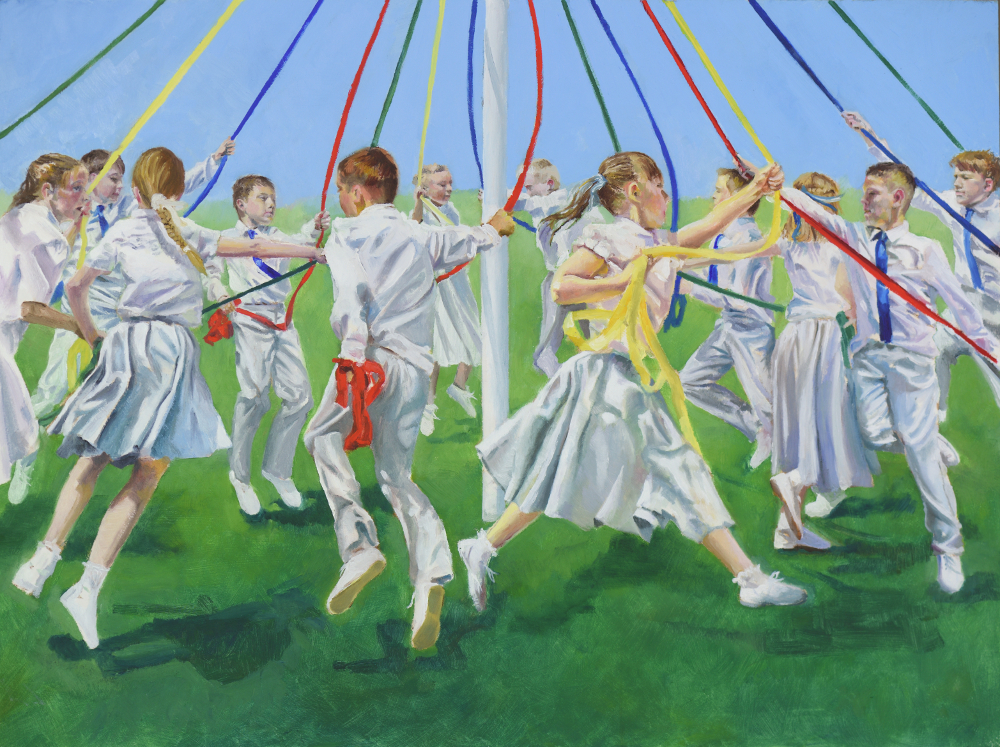
Humans are social animals. Much to my chagrin (as a confirmed introvert), I have to accept that we are healthier when engaging with each other, happier when associating and more effective when sharing a task. We need each other.
When we join a group, we strive to fit in, we seek membership, we position ourselves as part of the in-group, we fear being cast in the out-group. This simple process of fitting in causes us to change our behaviour; we hide certain aspects of ourselves that do not assist us in membership, we adopt behaviours that will reassure others. This can be the basis of personal growth; we learn to do things that we wouldn’t have attempted or accomplished alone. It can also be the basis of difficult compromise; we might find ourselves enjoined to behaviours that conflict with inner motivation and values.
Groups have a mind of their own, distinct from that of any individual member. It is suggested that groups may even make shared use of the neurological resources of their members, brains somehow combining their perceptual and processing powers, each communicating nervelessly with the others.
Groups seek leadership. If you doubt this, or yearn for pure and utopian social equality, seek out one of the many experiential exercises that place individuals together without rules, without direction and without a leader and observe what happens. This is great learning, also somewhat challenging.
When leading a group, you are going to be subject to the forces of expectation, dissent, obsequious compliance, forced unanimity (groupthink) and much else besides. Whatever relationships you may have forged with individuals, you must also engage with group dynamics. Knowing this is enough to start with, finding out how to do it is a life’s work.
